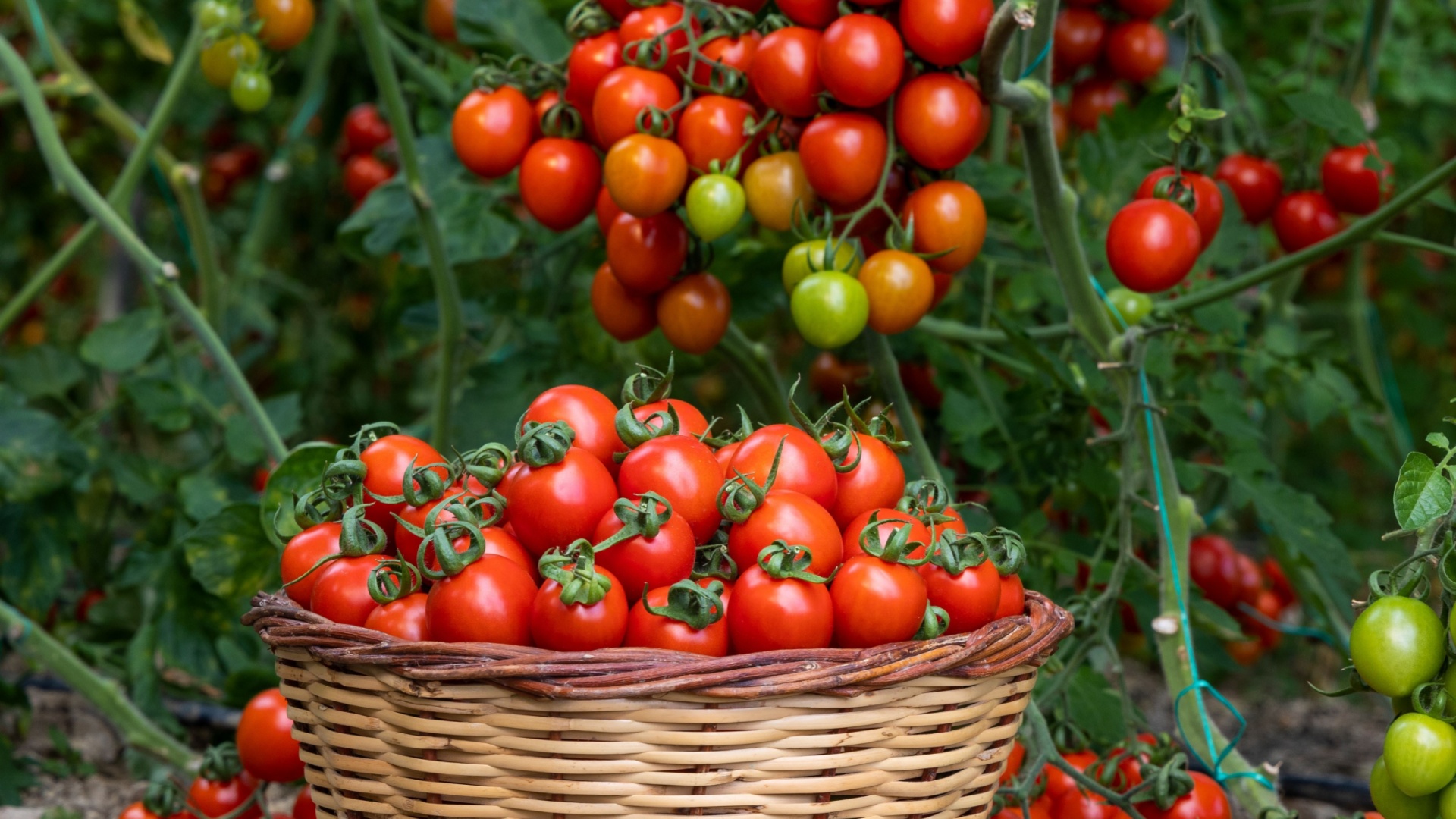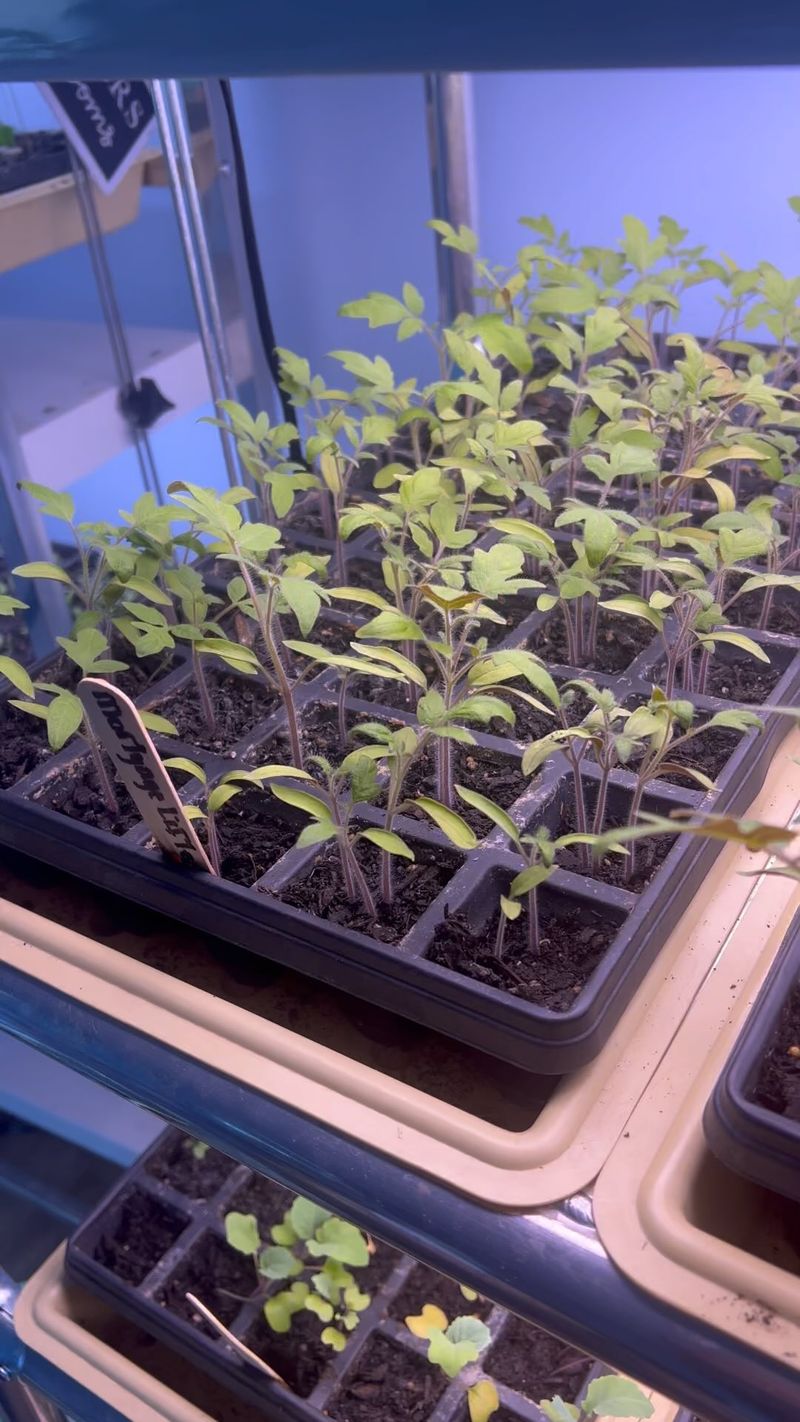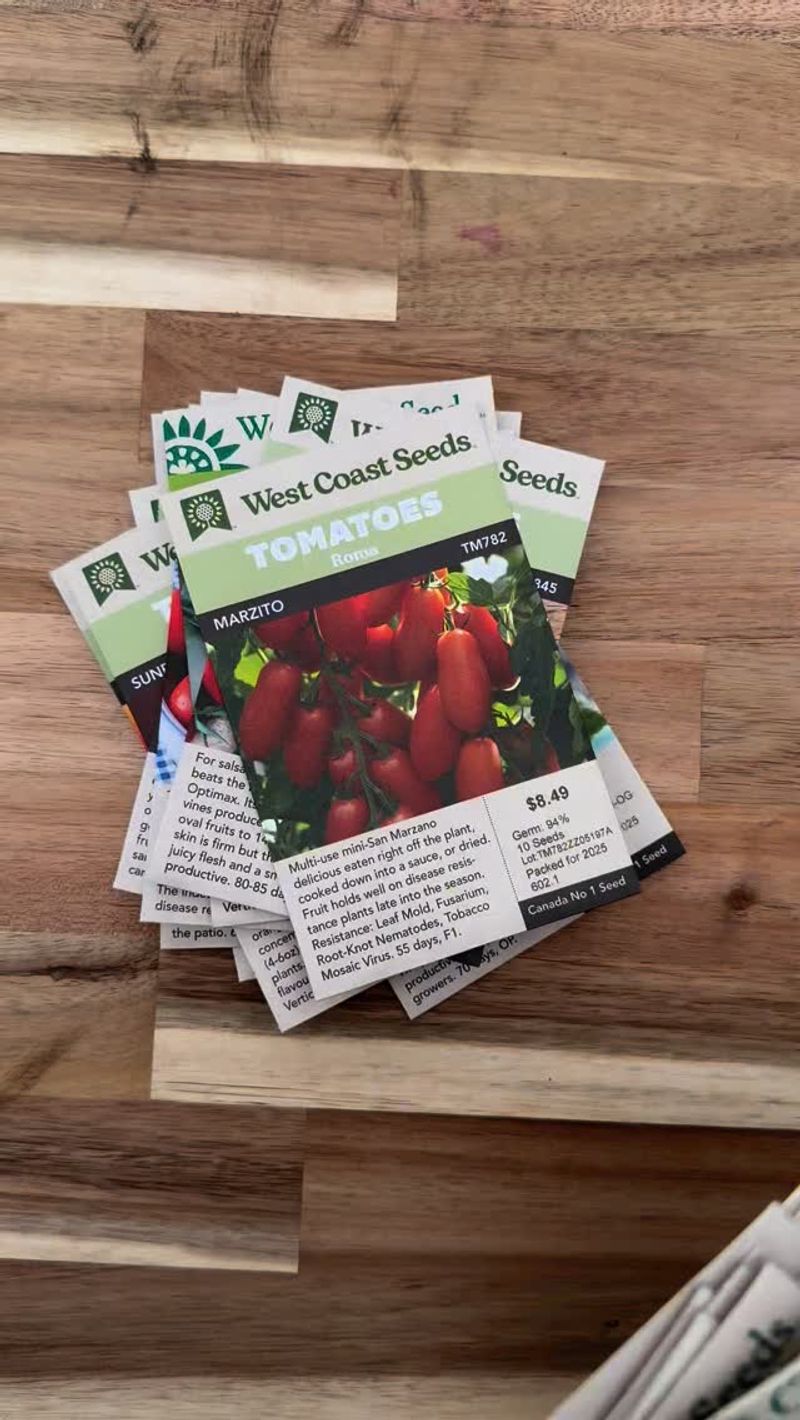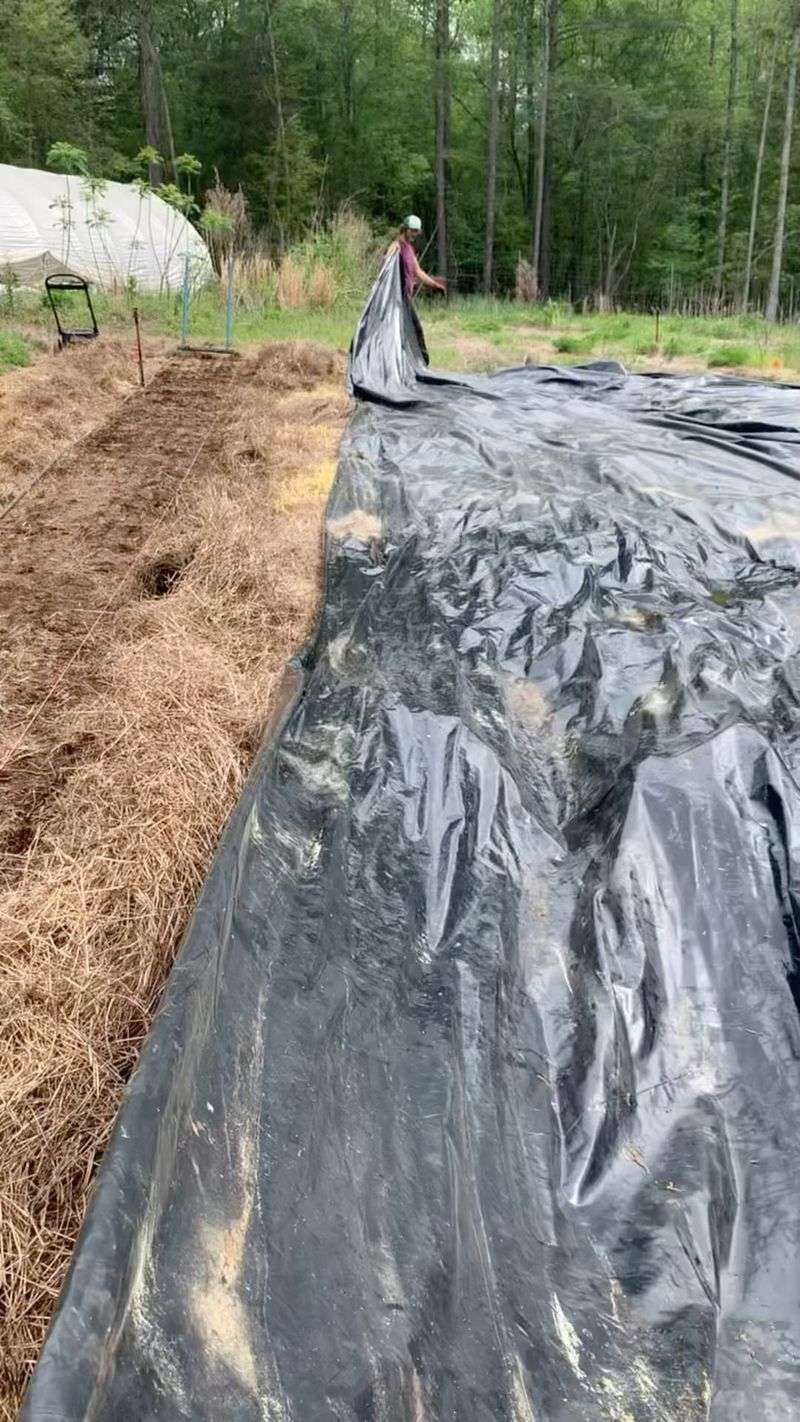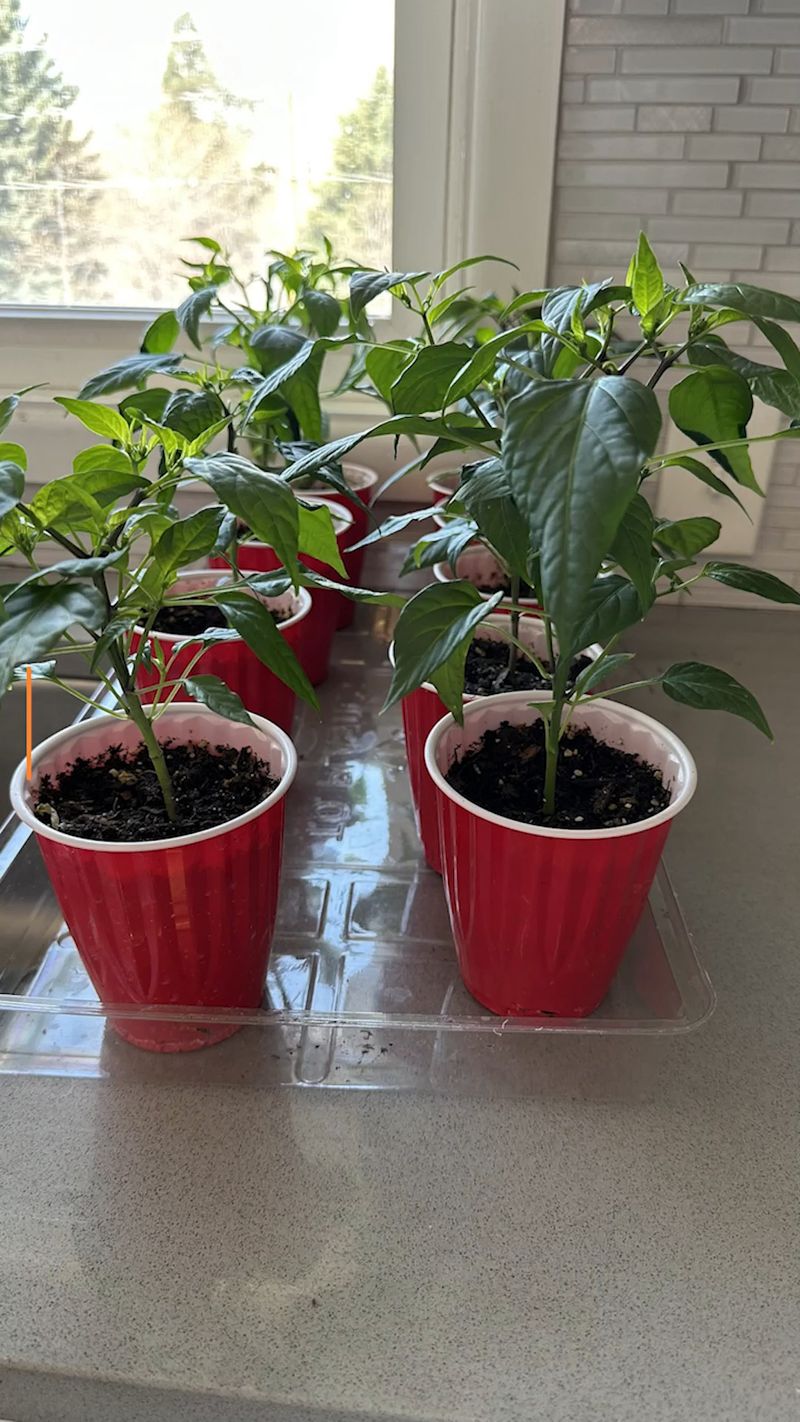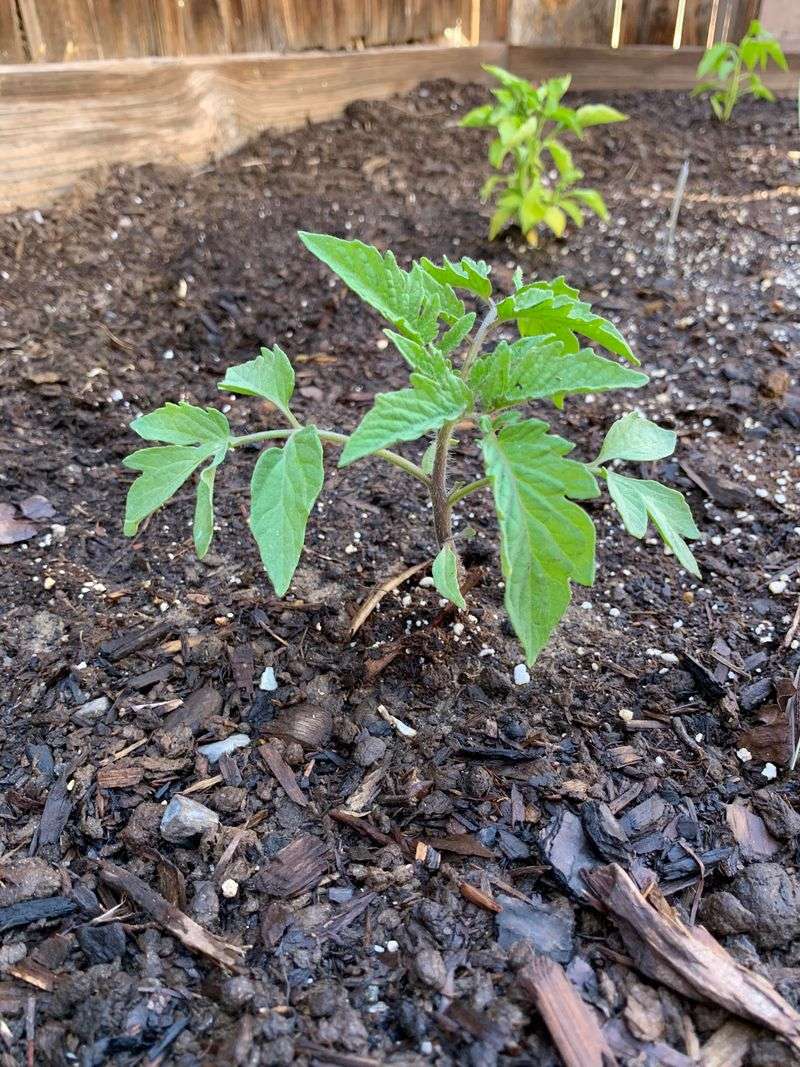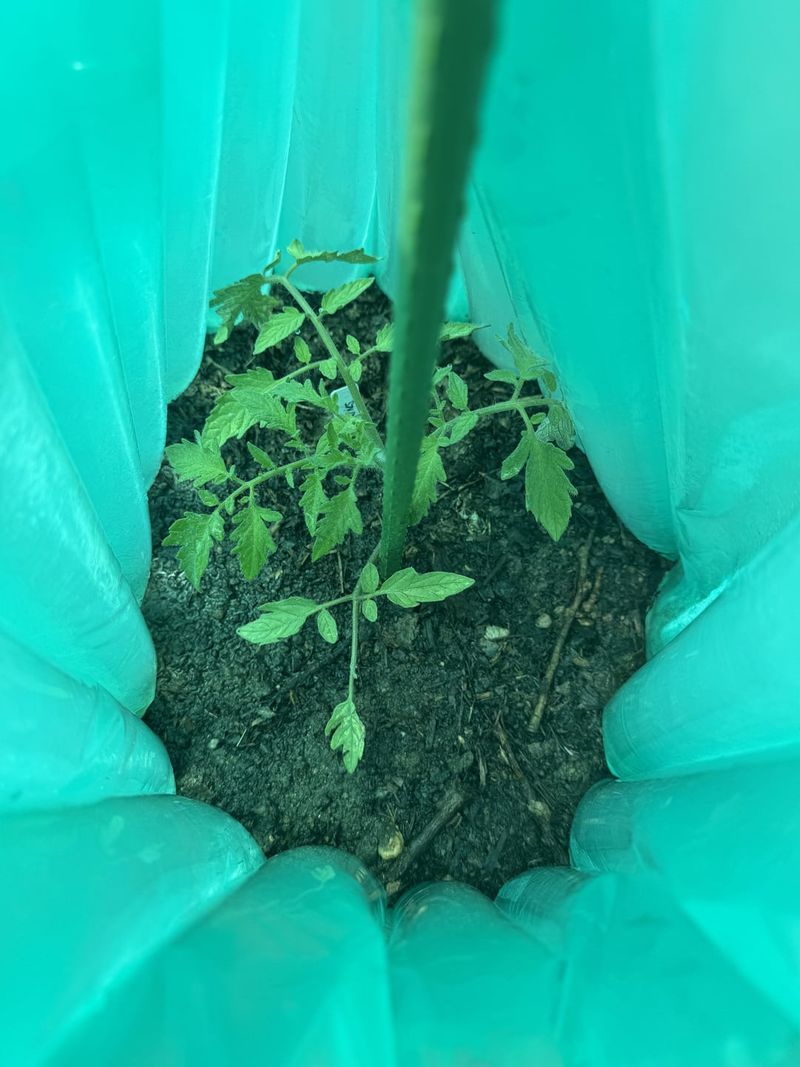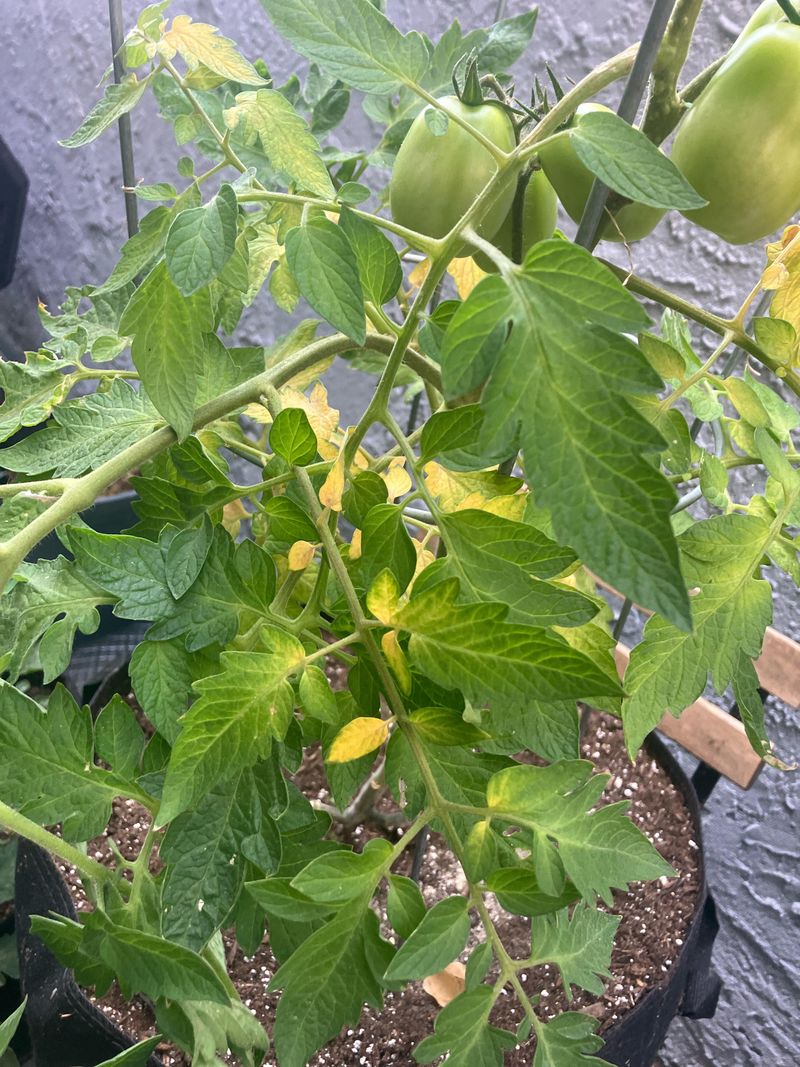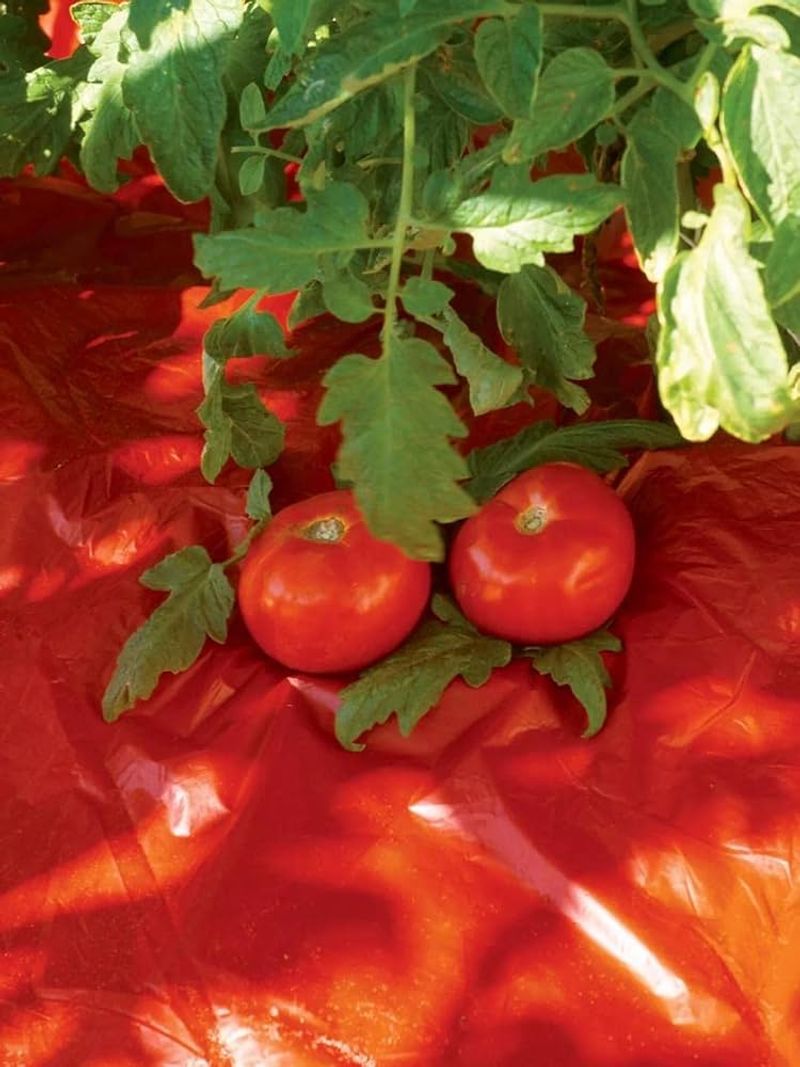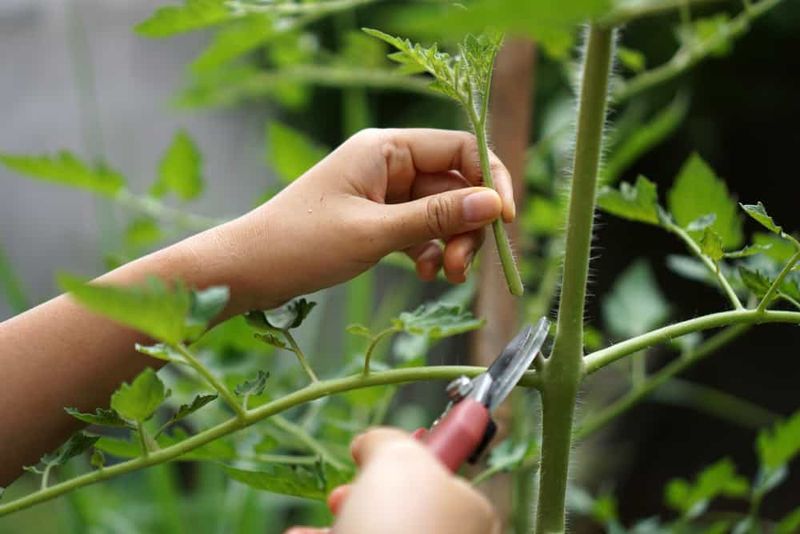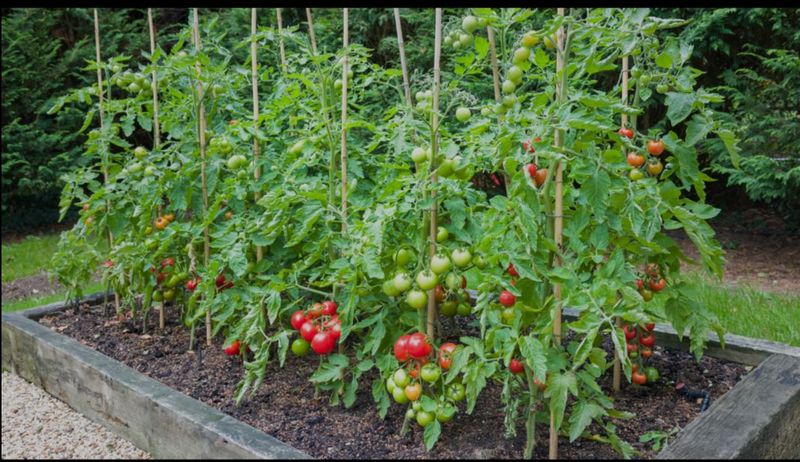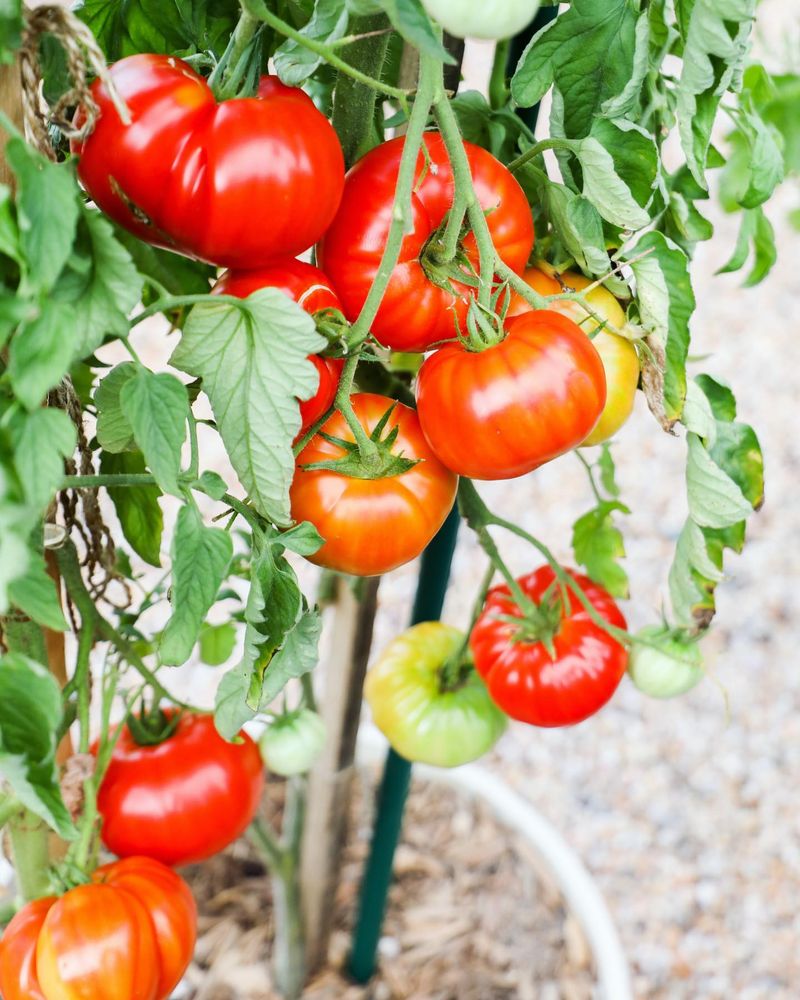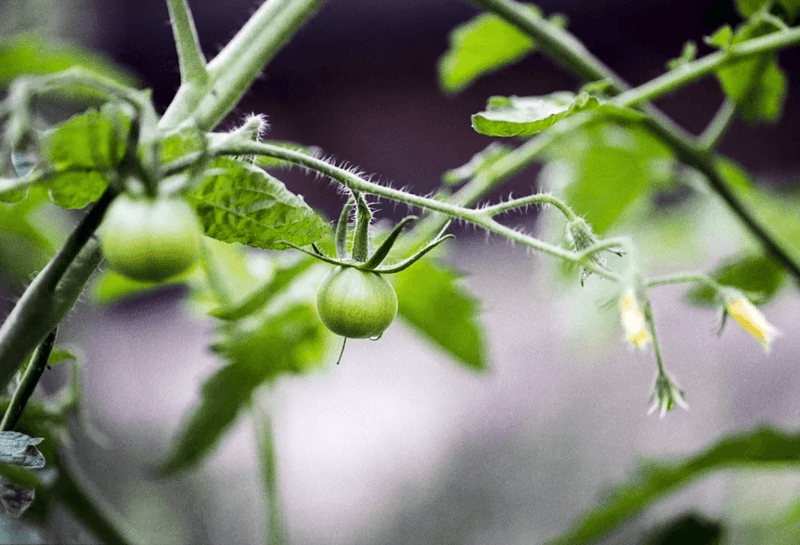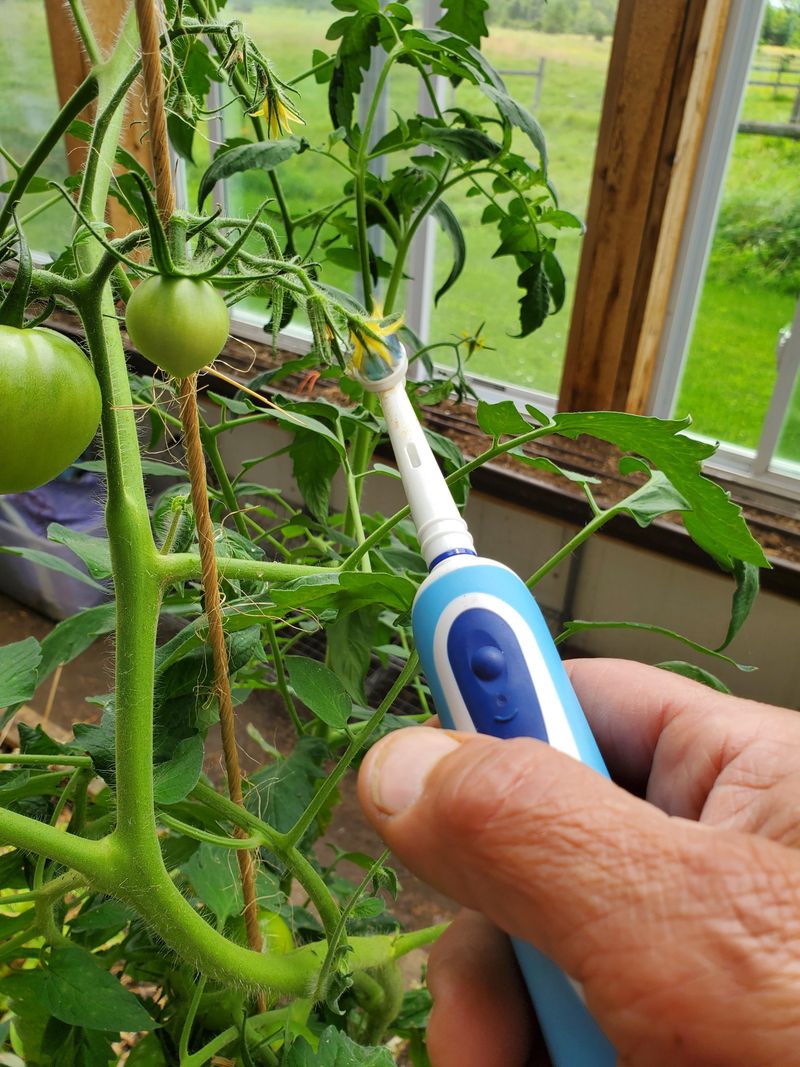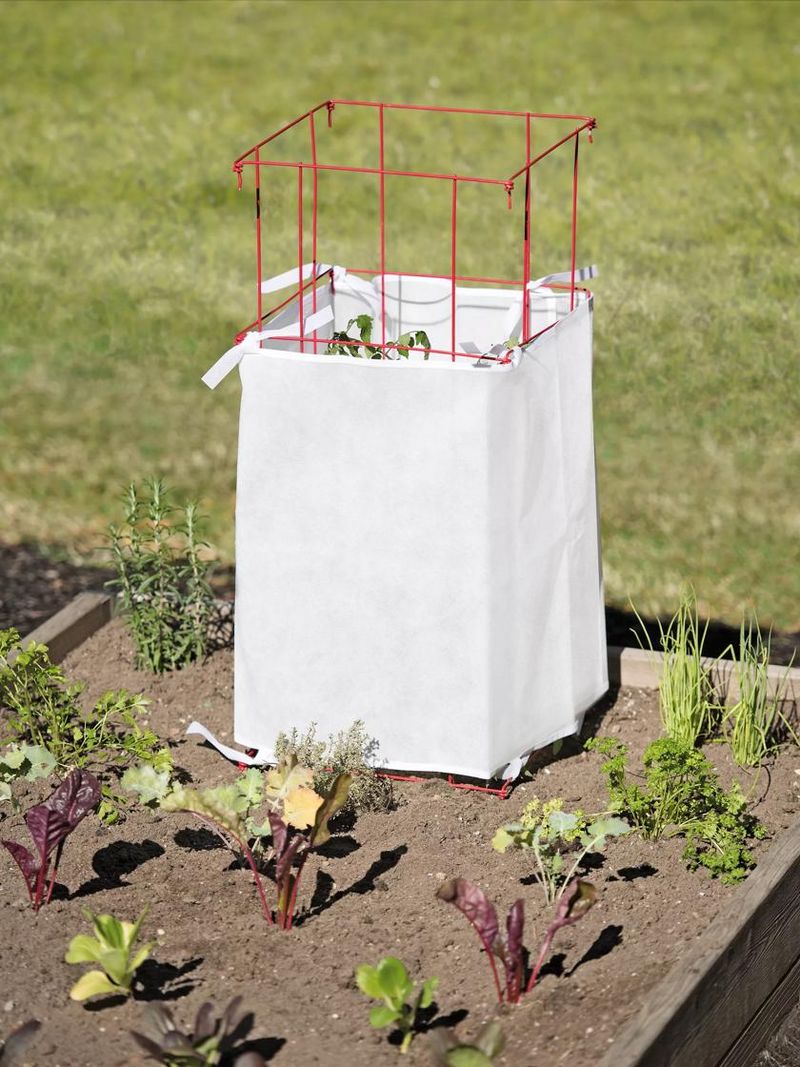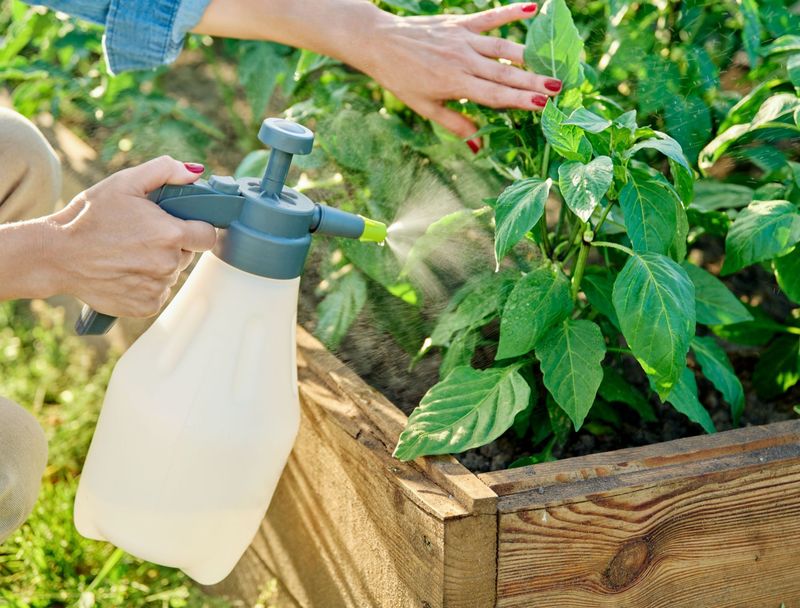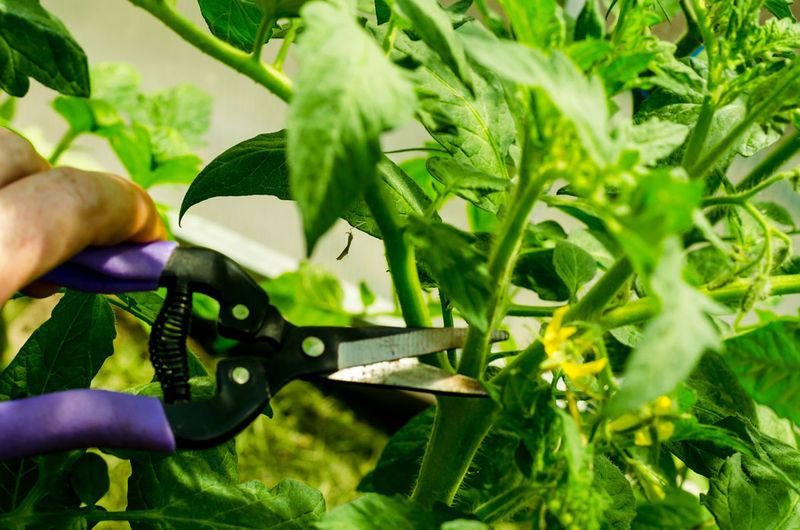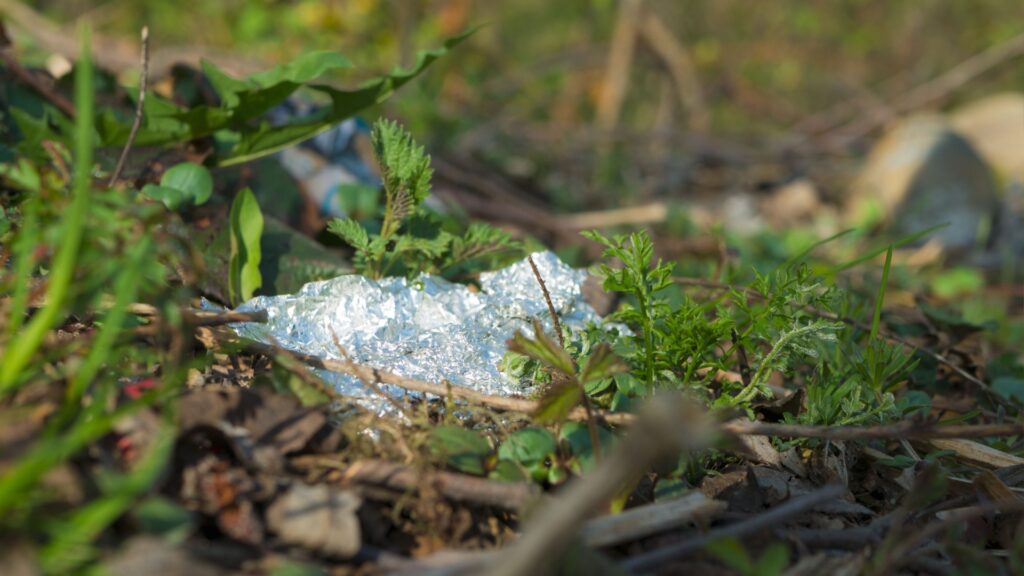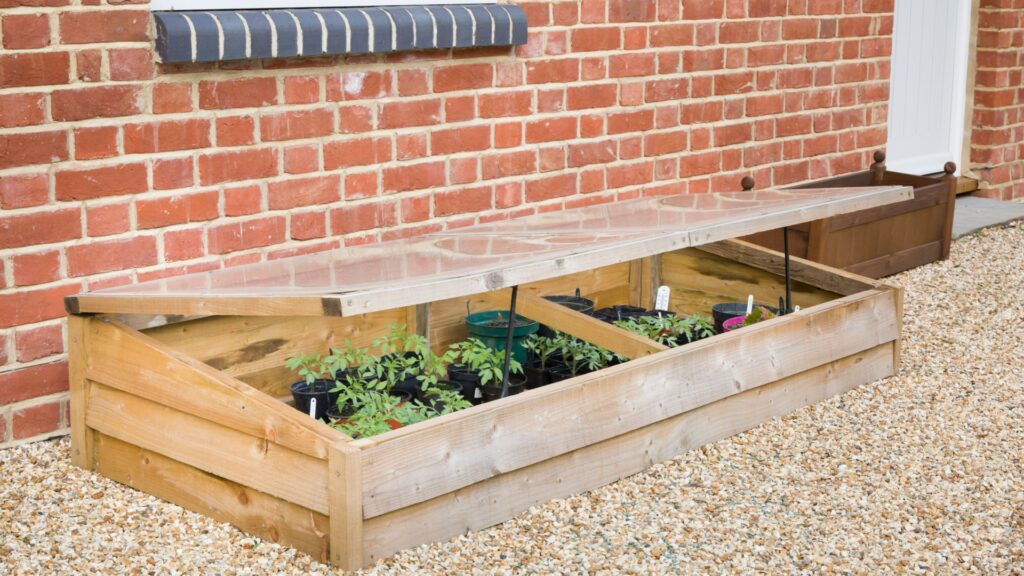Craving tomatoes sooner? Steal a march on the season and enjoy the juicy payoff. With a few clever tweaks, I’ve had ripe fruit weeks ahead of schedule—and that first bite? Pure garden gold.
Early harvests aren’t just bragging rights—they boost yields and outpace short seasons. And let’s be honest: nothing beats the flavor of sun-warmed tomatoes fresh off the vine.
This guide is loaded with slick shortcuts and smart grow hacks. Try a few, and you’ll be picking tomatoes while your neighbors are still thumbing seed packets.
1. Start Seeds Indoors Early
February might seem too early, but getting a 6-8 week jumpstart indoors can dramatically accelerate your harvest schedule. My best results come from starting seeds in mid-February rather than March.
Use quality seed-starting mix and small containers with drainage holes. Keep seedlings under grow lights for 14-16 hours daily to prevent leggy, weak plants.
The extra weeks of growth mean your plants will be ready to flower sooner after transplanting. Last year, this simple timing change gave me tomatoes nearly three weeks earlier than previous seasons.
2. Use Heat Mats For Germination
Warm soil makes all the difference when starting tomato seeds. Seeds that might take 10-14 days to sprout at room temperature can emerge in just 5-7 days when placed on a heat mat maintaining 75-80°F.
Place seed trays directly on the mat and monitor soil temperature with a thermometer. Once seedlings emerge, continue heat mat use for another week to encourage strong root development.
I discovered this trick three seasons ago and haven’t looked back. The faster germination and stronger early growth gives plants a two-week advantage before they even go into the garden.
3. Choose Early-Season Varieties
Variety selection makes a dramatic difference in harvest timing. Early-season types like ‘Early Girl,’ ‘Stupice,’ and ‘Sub-Arctic Plenty’ can produce fruit 45-60 days after transplanting, compared to 70-90 days for standard varieties.
Cherry tomatoes generally produce faster than larger types. ‘Sungold’ and ‘Sweet 100’ are particularly quick to mature and keep producing throughout the season.
Reading seed catalogs carefully pays off here. Look specifically for “early-season” or “short-season” in descriptions, and pay attention to the days-to-maturity number listed on seed packets.
4. Pre-Warm Garden Soil
Cold soil significantly delays tomato growth, even when air temperatures seem perfect. Covering planting areas with black plastic 2-3 weeks before transplanting can raise soil temperature by 5-10 degrees.
Simply lay plastic sheets over prepared beds, securing edges with rocks or soil. Remove just before planting, or cut holes for transplants if using plastic as season-long mulch.
When I started this practice, my plants took off immediately after transplanting instead of sulking for weeks. For extra effectiveness, combine this with raised beds, which warm faster than ground-level soil.
5. Harden Off Seedlings Properly
Gradually acclimating indoor-grown seedlings to outdoor conditions prevents transplant shock that can delay production by weeks. Begin the process 7-10 days before transplanting by placing seedlings outdoors in a sheltered spot for just an hour.
Increase exposure time daily, gradually introducing more sun and wind. By day 7, plants should handle full conditions for 8+ hours.
The first time I rushed this process, my plants stalled for nearly three weeks after planting. Now I follow this schedule religiously, and my properly hardened seedlings resume growth almost immediately after transplanting.
6. Plant Deep For Stronger Roots
Unlike most garden plants, tomatoes develop roots all along their buried stems. Planting seedlings deeper than they grew in containers creates extensive root systems that access more nutrients and water.
Remove lower leaves and bury plants so only the top 4-6 inches remain above soil level. For extra-tall seedlings, dig a shallow trench and lay the stem horizontally before turning the top portion upward.
My own garden tests confirmed this works remarkably well. Deep-planted tomatoes consistently produce earlier and more abundantly than those planted at the same depth as their containers.
7. Use Wall O’Water Protection
These water-filled protective teepees create a microclimate around young plants, allowing outdoor planting up to 6 weeks earlier than usual. The water absorbs heat during the day and releases it at night, maintaining temperatures inside the cylinder.
Fill each cell partially with water and place around plants immediately after transplanting. Leave in place until nighttime temperatures consistently stay above 50°F.
My neighbors thought I was crazy setting these up in early April, but I harvested my first tomatoes while they were still nurturing small plants. The protection also accelerates early growth, giving plants a tremendous head start.
8. Apply Phosphorus At Planting Time
Phosphorus promotes flowering and fruiting, but it moves slowly through soil. Adding it directly to planting holes puts this essential nutrient right where new roots can access it immediately.
Mix 2-3 tablespoons of bone meal or rock phosphate into the soil at the bottom of each planting hole. Cover with a thin layer of plain soil before setting plants to prevent root burn.
I’ve conducted side-by-side tests in my garden, and plants with added phosphorus consistently flower 7-10 days earlier than those without. This translates directly to earlier harvests without requiring any additional care throughout the season.
9. Mulch With Red Plastic
Red plastic mulch reflects specific wavelengths of light back onto plants, triggering faster growth and earlier fruiting. Research shows it can accelerate harvest by up to 3 weeks compared to unmulched plants.
Lay sheets around plants after soil has warmed, cutting holes for stems and securing edges with soil. Unlike black plastic, red varieties are specifically designed to reflect beneficial light frequencies.
When I switched from organic mulch to red plastic in one section of my garden, the difference was remarkable. Those plants produced nearly 30% more tomatoes by mid-season, with the first fruits ripening significantly earlier.
10. Prune For Earlier Fruiting
Removing the suckers (shoots that grow between main stems and branches) redirects the plant’s energy toward fruit production rather than foliage growth. Focus on eliminating suckers below the first flower cluster for maximum early yield benefit.
Use clean fingers to pinch out these shoots when they’re small, ideally less than 2 inches long. Continue removing lower suckers weekly throughout early growth.
The difference between pruned and unpruned plants became clear in my garden last year. Pruned plants produced their first ripe fruits about 10 days earlier, though unpruned plants eventually caught up in total season yield.
11. Water With Warm Water
Cold water shocks plant roots and temporarily halts growth. Using slightly warm water (70-75°F) maintains soil temperature and keeps plants growing steadily, especially in spring when garden soil is still cool.
Fill watering cans or buckets and let them sit in the sun for several hours before watering. For hose users, let water run until it’s no longer cold before applying to plants.
I noticed this effect by accident when using leftover water from indoor plants on my tomatoes. Those receiving warm water grew noticeably faster in spring than those getting cold water directly from the hose.
12. Grow In Containers
Container-grown tomatoes often produce earlier because pots warm up faster than garden soil. Dark-colored containers absorb heat and create a warmer root environment, triggering earlier flowering.
Choose containers at least 5 gallons in size with drainage holes. Fill with high-quality potting mix specifically formulated for vegetables, not garden soil.
The mobility of containers offers another advantage—you can move plants to protected areas during cold snaps or position them against south-facing walls that radiate heat. My deck-grown tomatoes consistently produce 2-3 weeks before identical varieties in my garden beds.
13. Apply Seaweed Extract Regularly
Seaweed extracts contain natural growth hormones and micronutrients that stimulate earlier flowering and fruiting. Unlike conventional fertilizers that primarily provide major nutrients, seaweed offers complex compounds that improve overall plant metabolism.
Apply as a foliar spray every 2-3 weeks, following package directions for dilution rates. Begin applications when plants have their first true leaves and continue through early fruiting.
After incorporating regular seaweed applications into my routine, I’ve observed plants flowering up to 10 days earlier. The extract also seems to help plants overcome transplant shock more quickly, further accelerating early growth.
14. Hand-Pollinate The First Flowers
Tomatoes are self-pollinating, but early blooms often appear before bees are active or when weather conditions aren’t ideal for natural pollination. Gently tapping or vibrating flowering stems around midday helps pollen transfer from anthers to stigma.
Use an electric toothbrush (without the brush head) pressed against the stem below flower clusters for best results. The vibration mimics a bee’s buzz pollination technique.
I’ve found this particularly effective for the earliest flower clusters when outdoor conditions are still variable. Hand-pollinated first blooms have nearly 100% fruit set in my garden, compared to much lower rates when left to nature.
15. Create Wind Protection
Wind stress significantly slows tomato growth by damaging delicate stems and increasing water loss through leaves. Creating windbreaks around young plants allows them to direct energy toward growth and fruiting rather than recovery and survival.
Install temporary barriers using garden fabric, plastic sheeting, or even cardboard on the prevailing wind side of plants. Ensure barriers are secured well but allow for air circulation to prevent disease.
My garden sits in a naturally windy location, and adding these simple barriers made a noticeable difference in early growth rate. Protected plants reached flowering stage about a week earlier than those left exposed to spring winds.
16. Apply Aspirin Spray
The active compound in aspirin (salicylic acid) acts as a natural plant hormone that can trigger earlier flowering and enhance disease resistance. Research suggests it activates plants’ natural defense systems, allowing them to focus energy on production rather than fighting stress.
Dissolve one uncoated aspirin tablet in a gallon of water and spray plants every 2-3 weeks. Begin when plants have their first true leaves and continue through early fruiting stages.
I was skeptical until trying this myself, but my aspirin-treated plants consistently flowered earlier and showed better resistance to early-season diseases. The difference was subtle but noticeable, especially in challenging weather conditions.
17. Remove First Flowers Strategically
This counterintuitive technique involves pinching off the very first flowers that appear when plants are still small (under 12 inches tall). Removing these early blooms allows plants to develop stronger root systems and more foliage before supporting fruit.
Simply pinch off the first flower cluster completely. Allow all subsequent flowers to develop normally as they appear higher on the plant.
The temporary sacrifice pays off quickly. In my side-by-side tests, plants with first blooms removed caught up and surpassed untouched plants within 2-3 weeks. The stronger foundation supported heavier overall yields and actually resulted in earlier sustained harvests.
18. Reflect Light Onto Plants With Aluminum Foil
Tomatoes are sun lovers, and more light means faster, earlier fruiting. In shaded areas or cloudy climates, reflecting extra sunlight onto your plants can make a surprising difference. Placing aluminum foil around the base of plants helps bounce light upward, increasing overall exposure.
Lay sheets of foil shiny side up around the soil surface, or staple it to cardboard and angle it to reflect afternoon sun onto the plants. Avoid wrapping foil around stems directly, which can trap heat and cause damage.
I first tried this in a partially shaded corner of my garden, and the results amazed me. Those plants caught up to and even outpaced tomatoes in my sunniest spot, with ripe fruit appearing nearly 10 days earlier than expected.
19. Use a Cold Frame for Transplants
Cold frames act like mini greenhouses, capturing solar heat and protecting young tomato plants from chilly spring nights. By hardening off seedlings inside a cold frame, you can transplant weeks earlier without the risk of stunted growth from cold shock.
Build a simple cold frame from reclaimed windows, clear plastic, or polycarbonate sheets mounted on a wooden frame. Place it over your garden bed or container and open it during warm days to avoid overheating.
After adding cold frames to my spring setup, I moved transplants outside nearly two weeks ahead of schedule—and they thrived. The head start led to earlier flowering, faster growth, and my earliest harvest to date.

